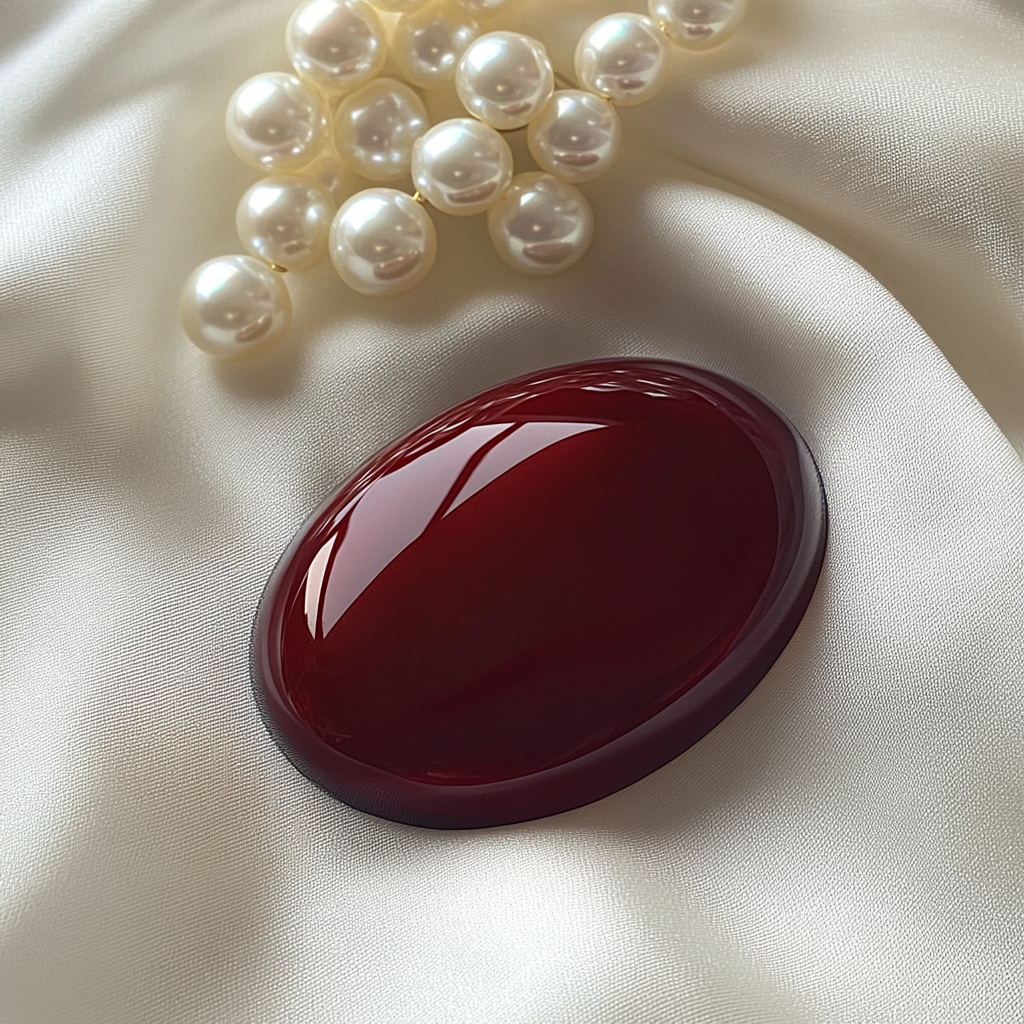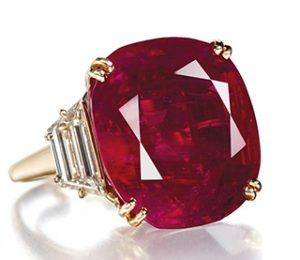The Rarest Types of Rubies
Some rubies are so rare and exceptional that they stand apart from the rest, treasured by collectors and gem lovers alike. These rarest types of rubies are often distinguished by their intense color, exceptional transparency, unique inclusions, or extraordinary origin. From the legendary pigeon’s blood rubies of Burma to rubies displaying asterism (a star-like effect), these gems are truly one-of-a-kind. In this section, we take a closer look at the rarest types of rubies, what makes them so special, and why they command such admiration and high value in the world of fine gemstones.

The 4Cs are an excellent guide to the quality of a gemstone. The pure red color (the first C) is made by the presence of chromium in the ruby, and it does not take much to alter the color slightly. Rubies need a lot of chromium to be red, but only a little bit of iron and titanium to alter the color undesirably. Chromium is also a much rarer element than iron and titanium, making the pure red that much rarer.
Ideal red with different tones:
R10375 | “Ruby ID: R10375”
R10006 | “Ruby ID: R10006”
R10018 | “Ruby ID: R10018”
Clarity, the second C, is the next quality factor. Rubies may be eye-clean, but magnification will often reveal characteristic inclusions like included crystals, partially healed fingerprints, needle-like crystals, tiny dots called pinpoints, and more. All of this stuff is in there because rubies form in a superheated, magmatic soup of whatever random elements are in the area. They only form in a very rare and unusual mixture of them, so finding something other than an opaque rock with a fancy name is not to be taken for granted.
Ideally-Clear Rubies:
U11138 | “Ruby ID: U11138”
R11625 | “Ruby ID: R11625”
R12260 | “Ruby ID: R12260”
Cut is the third C and the last measurement of quality. Cut is limited by the stuff included in the crystal, and which direction the ruby shows its best colors colors . Due to numerous and ever-present limitations, cutters almost always compromise the cut. Cut is also not as critical for rubies as it is in something like diamonds, where many aspects of their brilliance is derived from this factor. Smaller rubies typically receive better cuts.
Excellently-Cut Rubies:
R10007 | “Ruby ID: R10007”
R10030 | “Ruby ID: R10030”
R11770 | “Ruby ID: R11770”
The final C is carat weight, and is specifically used as a gauge for overall rarity and the final price. Rubies do not like to grow very large either, with the largest faceted example known being the 32 carat Hope Ruby . It also does not hold a candle to the best quality, large ruby known in existence; the 25 carat Sunrise Ruby . The Sunrise Ruby sold for over 4 times the amount the Hope Ruby did, with better clarity and color. Who knows what the price would have been if the Sunrise was any larger!


A fine example like the Sunrise Ruby is the rarest ruby known. Something of its quality is a one-in-a-lifetime find, as it was for Sotheby’s fine jewelry auctioneer who had 40+ years of industry experience at the time of the auction. It is the current record holder for most expensive ruby ever sold, and most expensive colored gemstone ever sold. Note that diamonds are considered separate from the colored stones market, with most of the gemstone industry revolving around them.
To dive deeper into the stunning range of hues these gemstones offer, we invite you to visit Ruby Red & Different Ruby Colors for more details.
